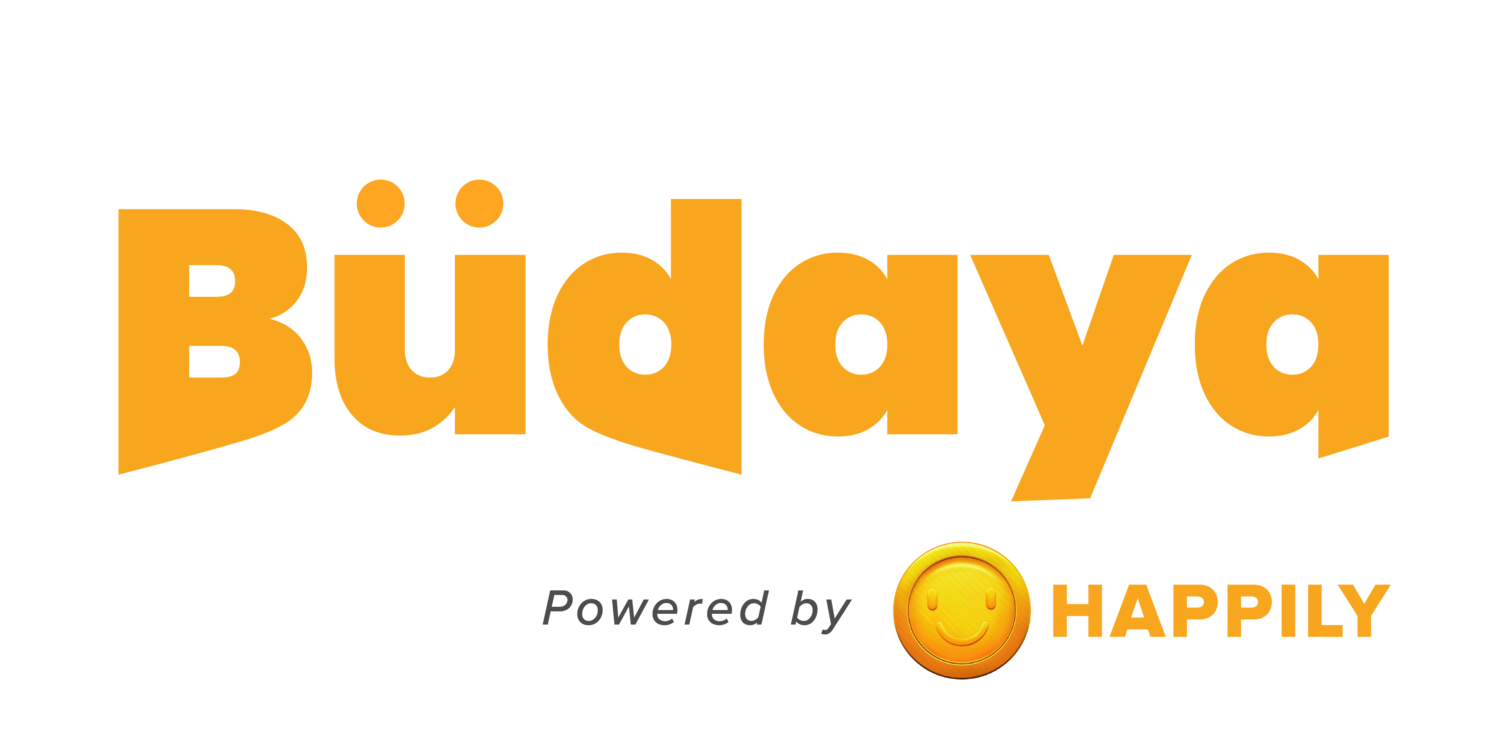
Keeping Your Hybrid Workforce Engaged and Motivated
By Eva Lim Sheau Lee
Is keeping employees engaged simply the Human Resource (HR) department’s responsibility?
While HR may be the mediator between management and employees, keeping employees engaged is a company-wide initiative that involves various stakeholders. As Kwok Hong Hor, Asia Vice President for Bently Nevada, Baker Hughes, mentioned in the seventh episode of our “Ask the Expert” series, “We (leaders) have ownership and responsibility to keep the employees engaged.” In fact, managers are better positioned than HR to initiate and facilitate the required tactics to ensure their teams are engaged and motivated.
As cultural change can only be achieved through the collective efforts, hearts, and habits of people in the company, managers must understand that employee engagement is not a one-off exercise but an ongoing process. Regular check-ins are essential to bridge the gap. For example, Kwok Hong reserves plenty of time to check in with his hybrid team members which allows him to understand what concerns them the most, whether it’s professional or personal-related matters.
Professional matters could be related to workplace conflict, career conversations, or productivity and motivation. Personal matters could range from challenges in a relationship to financial burdens. As Kwok Hong mentioned, “We are all humans (at the end of the day), and knowing, and seeing one another, helps improve on communication and collaboration.” ‘Seeing one another’ means to get to know one another well. The issues that affect employees can change from one month to another. Remember, there are no shortcuts to building great work relationships; it takes time to build mutual trust, respect, and honesty. So, creating a safe space where employees can express themselves openly is essential. This can be achieved through employee engagement platforms such as Budaya, awarded a Gold in the HR Vendors of the Year 2021 Award.
Once you know your employees well, you can then start the conversations and mutually come to a decision on what can make the experience better. For example, managers can empower their team or individuals with flexible work schedules to help them with certain situations that the employees find themselves in. Hybrid work can enable employees to manage challenging family obligations; it also reduces travel time, allowing them more autonomy in their schedules and additional time for well-being activities. When employees spend more time on things that matter to them, they are happier and more energized to work. So, companies must prioritize their employees’ well-being.
Remember, employee engagement is not merely about retaining your star employees. It should be a key component of corporate strategy that helps drive better business outcomes. So, if you’re ready to improve employee engagement in the workplace, connect with our friendly experts at budaya@leaderonomics.com or schedule a free personal consultation to see how we can help build a healthier and more engaged workforce.
Disclaimer
The opinion above is personal and does not represent people, institutions, or organizations that the owner may or may not be associated with in a professional or personal capacity.
About Kwok Hong Hor
Kwok Hong Hor is the Asia Vice President for Bently Nevada, Baker Hughes. In this role, he is responsible for the overall growth and operations of the asset protection and condition monitoring business covering ASEAN, ANZ, Japan, and Korea.
About Baker Hughes
Baker Hughes (NASDAQ: BKR) is an energy technology company that provides solutions for energy and industrial customers worldwide. Built on a century of experience and conducting business in over 120 countries, our innovative technologies and services are taking energy forward – making it safer, cleaner, and more efficient for people and the planet.
